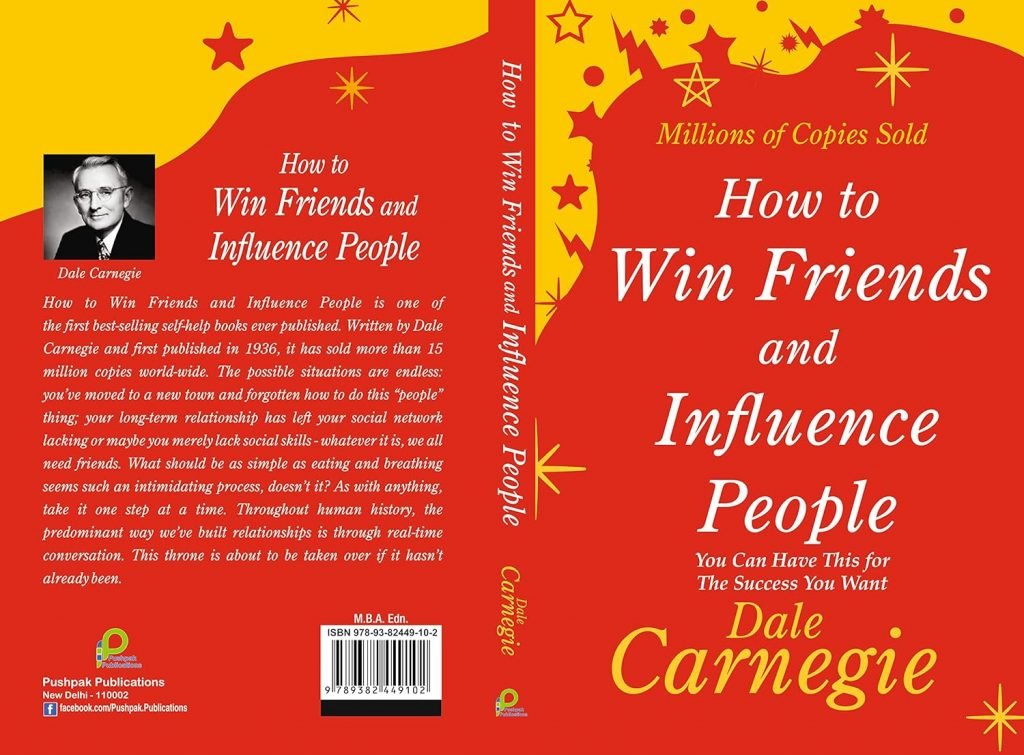
Preface to Revised Edition
How to Win Friends and Influence People took its place in publishing history as one of the all-time international best-sellers. It touched a nerve and filled a human need that was more than a faddish phenomenon of post- Depression days, as evidenced by its continued and uninterrupted sales into the eighties, almost half a century later.
Dale Carnegie used to say that it was easier to make a million dollars than to put a phrase into the English language. How to Win Friends and Influence People became such a phrase, quoted, paraphrased, parodied, used in innumerable contexts from political cartoon to novels. The book itself was translated into almost every known written language. Each generation has discovered it anew and has found it relevant.
Which brings us to the logical question: Why revise a book that has proven and continues to prove its vigorous and universal appeal? Why tamper with success?
To answer that, we must realize that Dale Carnegie himself was a tireless reviser of his own work during his lifetime. How to Win Friends and Influence People was written to be used as a textbook for his courses in Effective Speaking and Human Relations and is still used in those courses today. Until his death in 1955 he constantly improved and revised the course itself to make it applicable to the evolving needs of an every-growing public. No one was more sensitive to the changing currents of present-day life than Dale Carnegie. He constantly improved and refined his methods of teaching; he updated his book on Effective Speaking several times. Had he lived longer, he himself would have revised How to Win Friends and Influence People to better reflect the changes that have taken place in the world since the thirties.
Many of the names of prominent people in the book, well known at the time of first publication, are no longer recognized by many of today’s readers. Certain examples and phrases seem as quaint and dated in our social climate as those in a Victorian novel. The important message and overall impact of the book is weakened to that extent. Our purpose, therefore, in this revision is to clarify and strengthen the book for a modern reader without tampering with the content. We have not “changed” How to Win Friends and Influence People except to make a few excisions and add a few more contemporary examples. The brash, breezy Carnegie style is intact-even the thirties slang is still there. Dale Carnegie wrote as he spoke, in an intensively exuberant, colloquial, conversational manner. So his voice still speaks as forcefully as ever, in the book and in his work. Thousands of people all over the world are being trained in Carnegie courses in increasing numbers each year. And other thousands are reading and studying How to Win Friends and Influence People and being inspired to use its principles to better their lives. To all of them, we offer this revision in the spirit of the honing and polishing of a finely made tool.
-Dorothy Carnegie (Mrs. Dale Carnegie)
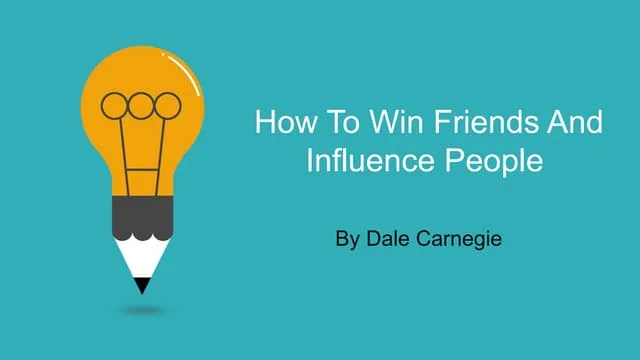
Dale Carnegie was born November 24, 1888, on a farm in Maryville, Missouri. He was the second son of farmers Amanda Elizabeth Harbison (1858–1939) and her husband James William Carnagey
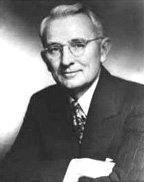
(1852–1941). Carnegie grew up around Bedison, Missouri, southeast of Maryville and attended rural Rose Hill and Harmony one room schools. Carnegie would develop a longstanding friendship with another Maryville author, Homer Croy. In 1904, at age 16, his family moved to a farm in Warrensburg, Missouri. As a youth, he enjoyed speaking in public and joined his school’s debate team. Carnegie said he had to get up at 3 a.m. to feed the pigs and milk his parents’ cows before going to school. During high school, he grew interested in the speeches at the various Chautauqua assemblies. He completed his high school education in 1906. He attended State Teacher’s College in Warrensburg, graduating in 1908.His first job after college was selling correspondence courses to ranchers. He moved on to selling bacon, soap, and lard for Armour & Company. He was successful to the point of making his sales territory of South Omaha, Nebraska, the national leader for the firm.
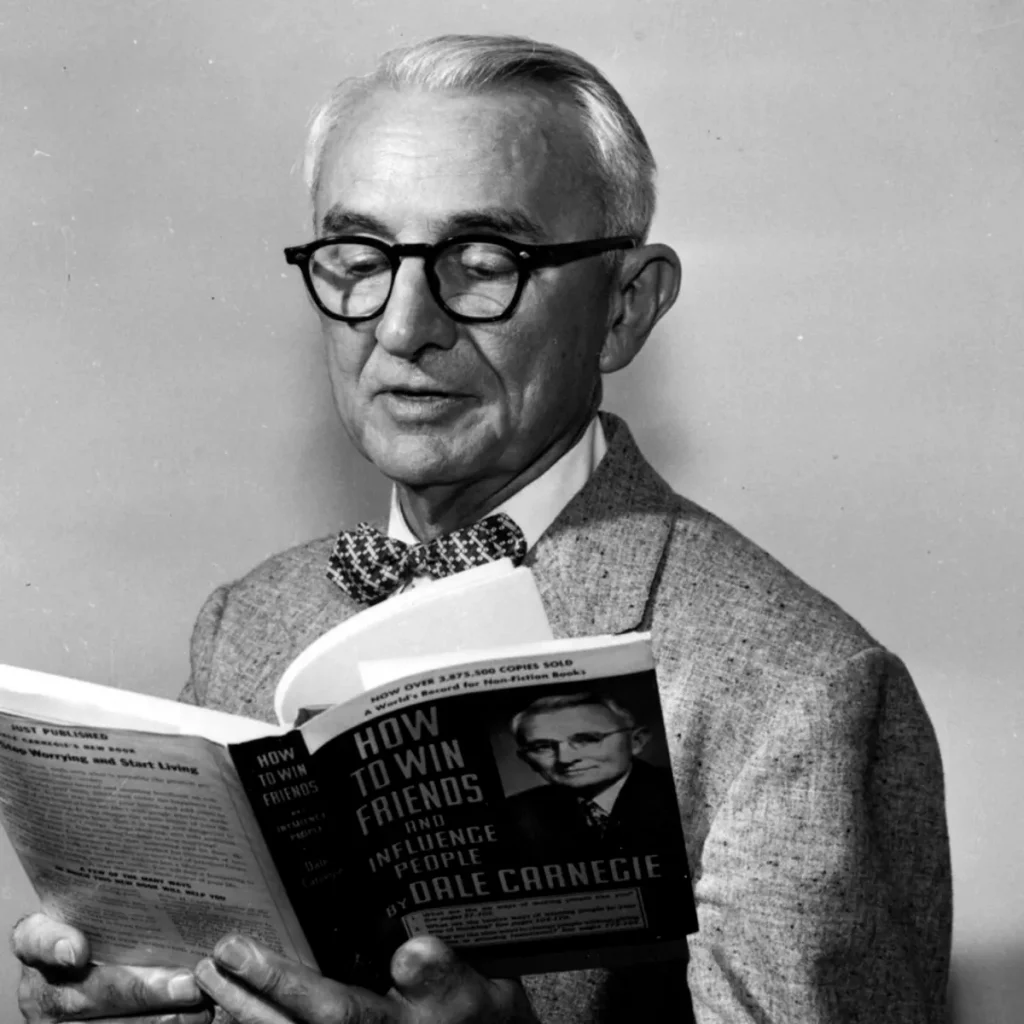
CONTENTS
How This Book Was
Written – And Why
Nine Suggestions on How to Get the Most Out of This Book
PART ONE
FUNDAMENTAL TECHNIQUES IN HANDLING PEOPLE
1. If You Want to Gather Honey, Don’t Kick over the Beehive
2. The Big Secret of Dealing with People
3. He Who Can Do This Hasthe Whole World with Him.He Who Cannot Walks a Lonely Way
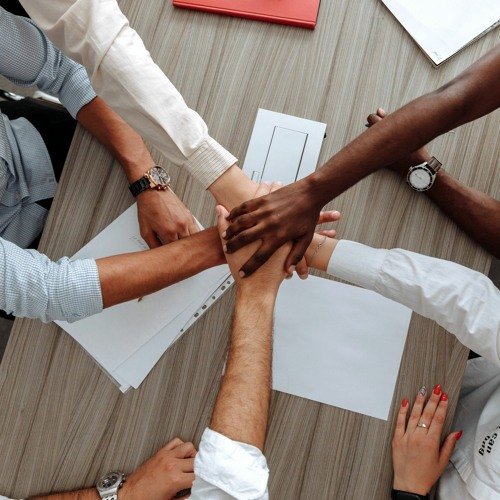
PART TWO
SIX WAYS TO MAKE PEOPLE LIKE YOU

1. Do This and You’ll Be Welcome Anywhere
2. A Simple Way to Make a Good First Impression
3. If You Don’t Do This, You Are Headed for Trouble
4. An Easy Way to Become a Good Conversationalist
5. How to interest people
6. How to make people like you instantly
PART THREE
How To WIN PEOPLE TO YOUR WAY OF THINKING

1. You Can’t Win an Argument.
2. A Sure Way of Making Enemies-and How to Avoid It
3. If You’re Wrong, Admit It.
4. A Drop of Honey.
5. The Secret of Socrates.
6. The Safety Valve in Handling Complaints

6. How to Get Cooperation.
7. A Formula That Will Work Wonders for You
8. What Everybody Wants
9. An Appeal That Everybody Likes
10. The Movies Do It. TV Does It. Why Don’t You Do It?
11. When Nothing Else Works, Try This
PART FOUR
BE A LEADER : How To CHANGE PEOPLE WITHOUT GIVING OFFENSE OR AROUSING RESENTMENT

1.If You Must Find Fault, This is the Way to Begin
2. How to Criticize-and Not Be Hated for It
3.Talk about Your Own Mistakes First.
4. No One Likes to Take Orders.
5. Let the Other Person Save Face.
6.How to Spur People on to Success
7.Give a Dog a Good Name
8.Make the Fault Seem Easy to Correct
9.Making People Glad to Do What You Want
A Shortcut to Distinction
The Dale Carnegie Courses
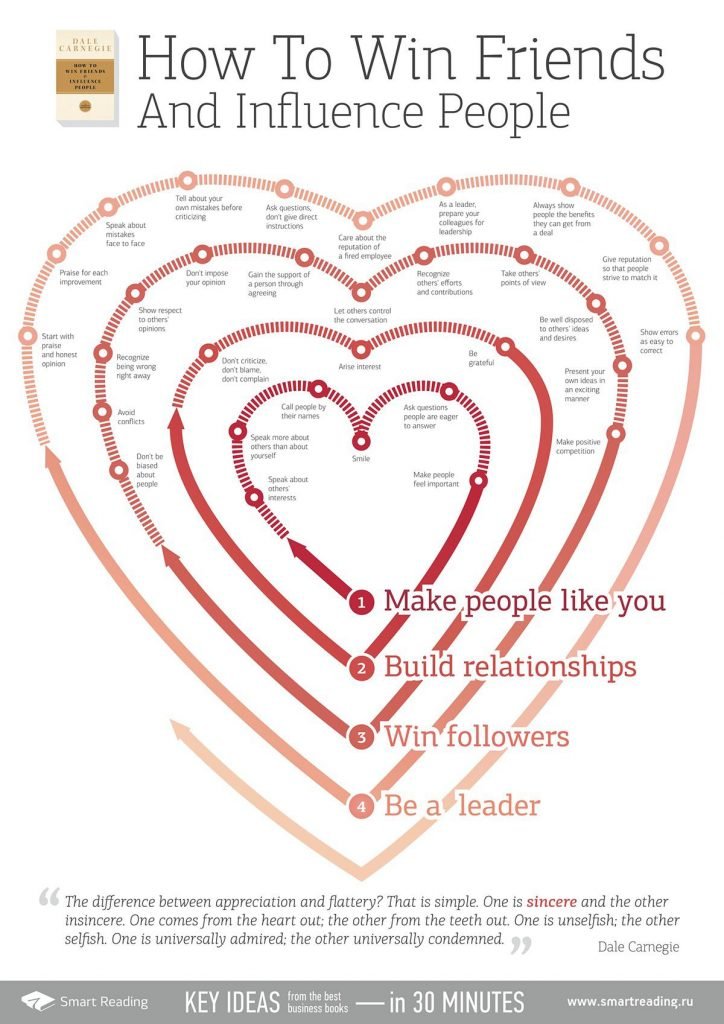
How This Book Was Written-And Why
–by Dale Carnegie
During the first thirty-five years of the twentieth century, the publishing houses of America printed more than a fifth of a million different books. Most of them were deadly dull, and many were financial failures. “Many,” did I say? The president of one of the largest publishing houses in the world confessed to me that his company, after seventy-five years of publishing experience, still lost money on seven out of every eight books it published.
Why, then, did I have the temerity to write another book? And, after I had written it, why should you bother to read it?
Fair questions, both; and I’ll try to answer them I have, since 1912, been conducting educational courses for business and professional men and women in New York. At first, I conducted courses in public speaking only-courses designed to train adults, by actual experience, to think on their feet and express their ideas with more clarity, more effectiveness and more poise, both in business interviews and before groups.
But gradually, as the seasons passed, I realized that as sorely as these adults needed training in effective speaking, they needed still more training in the fine art of getting along with people in everyday business and social contacts.
I also gradually realized that I was sorely in need of such training myself. As I look back across the years, I am appalled at my own frequent lack of finesse and understanding. How I wish a book such as this had been placed in my hands twenty years ago! Dealing with people is probably the biggest problem you face, especially if you are in business. Yes, and that is also true if you are a housewife, architect or engineer. Research done a few years ago under the auspices of the Carnegie Foundation for the Advancement of Teaching uncovered a most important and significant fact-a fact later confirmed by additional studies made at the Carnegie Institute of Technology. These investigations revealed that even in such technical lines as engineering, about 15 percent of one’s financial success is due to one’s technical knowledge and about 85 percent is due to skill in human engineering-to personality and the ability to lead people.

What a priceless boon it would have been. For many years, I conducted courses each season at the Engineers’ Club of Philadelphia, and also courses for the New York Chapter of the American Institute of Electrical Engineers.
A total of probably more than fifteen hundred engineers have passed through my classes. They came to me because they had finally realized, after years of observation and experience, that the highest-paid personnel in engineering are frequently not those who know the most about engineering. One can for example, hire mere technical ability in engineering, accountancy, architecture or any other profession at nominal salaries. But the person who has technical knowledge plus the ability to express ideas, to assume leadership, and to arouse enthusiasm among people-that person is headed for higher earning power.
In the heyday of his activity, John D. Rockefeller said that “the ability to deal with people is as purchasable a commodity as sugar or coffee.” “And I will pay more for that ability,” said John D., “than for any other under the sun.” Wouldn’t you suppose that every college in the land would conduct courses to develop the highest-priced ability under the sun?

But if there is just one practical, common-sense course of that kind given for adults in even one college in the land, it has escaped my attention up to the present writing. The University of Chicago and the United Y.M.C.A. Schools conducted a survey to determine what adults want to study.
That survey cost $25,000 and took two years. The last part of the survey was made in Meriden, Connecticut. It had been chosen as a typical American town. Every adult in Meriden was interviewed and requested to answer 156 questions-questions such as “What is your business or profession? Your education? How do you spend your spare time? What is your income? Your hobbies? Your ambitions? Your problems? What subjects are you most interested in studying?” And so on. That survey revealed that health is the prime interest of adults and that their second interest is people; how to understand and get along with people; how to make people like you; and how to win others to your way of thinking.
So the committee conducting this survey resolved to conduct such a course for adults in Meriden. They searched diligently for a practical textbook on the subject and found-not one. Finally they approached one of the world’s outstanding authorities on adult education and asked him if he knew of any book that met the needs of this group. “No,” he replied, “I know what those adults want. But the book they need has never been written.”
In preparation for this book, I read everything that I could find on the subject-everything from newspaper columns, magazine articles, records of the family courts, the writings of the old philosophers and the new psychologists. In addition, I hired a trained researcher to spend one and a half years in various libraries reading everything I had missed, plowing through erudite tomes on psychology, poring over hundreds of magazine articles, searching through countless biographies, trying to ascertain

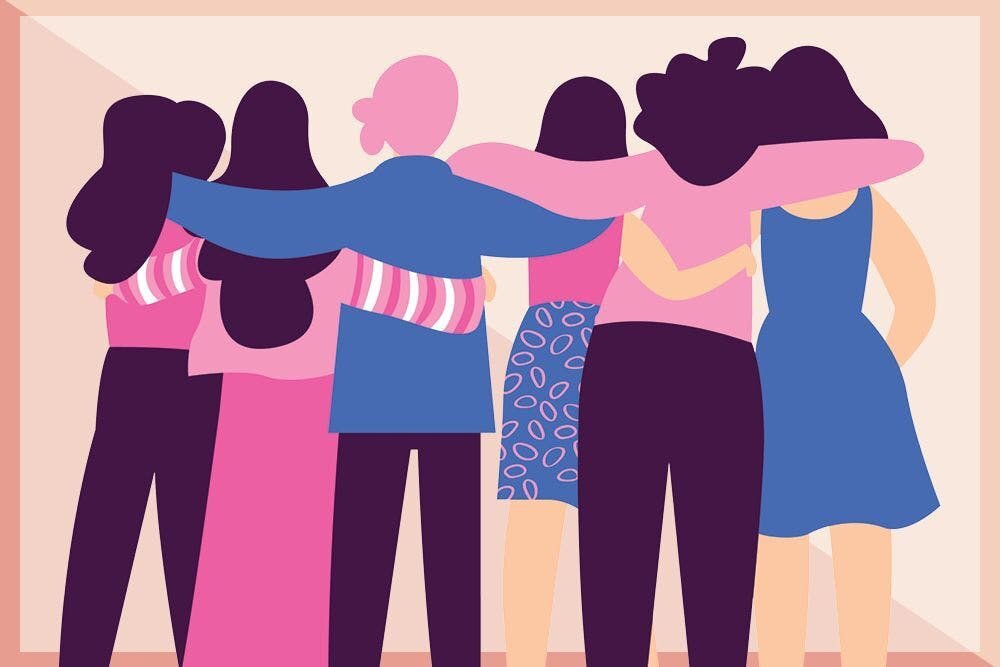
how the great leaders of all ages had dealt with people. We read their biographies, We read the life stories of all great leaders from Julius Caesar to Thomas Edison. I recall that we read over one hundred biographies of Theodore Roosevelt alone. We were determined to spare no time, no expense, to discover every practical idea that anyone had ever used throughout the for winning friends and influencing people.

